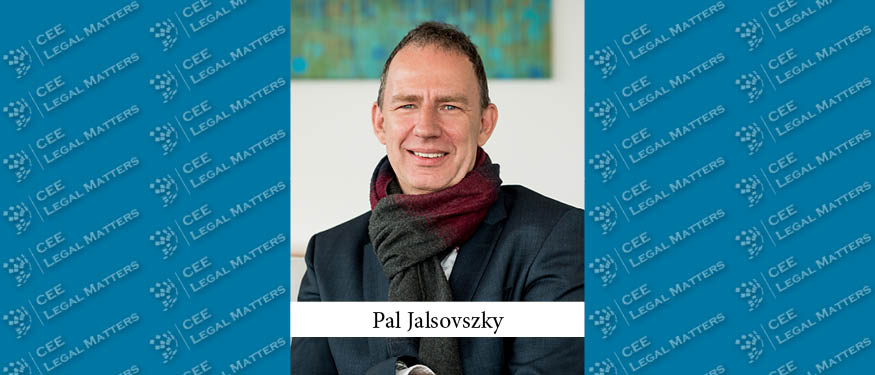This is not the sentence commonly heard in law firms across the region at the moment. But that might not be the case for much longer.
Personally, I always found pure hourly billing arrangements with clients frustrating, and I never considered them fair or justified. Especially in the case of clients who booked a one-hour consultation and, during a brief Q&A session, essentially extracted my entire knowledge on a given topic – all for roughly 180 EUR. What consoled me was that, after these one-hour sessions, the possibility of a larger advisory engagement often came up. One where, on the final invoice, the 180 EUR hourly rate would be multiplied not by 1 hour but possibly by 100. And that restored the balance.
However, in the future – like many other aspects of legal work – this is expected to change significantly. Legal technology and artificial intelligence are making their unstoppable entrance into the legal profession and will take over a substantial portion of tasks currently performed by lawyers. Those tasks, in particular, are the ones that generate high advisory volume and therefore high revenues on an hourly basis. This process has already begun with the translation of legal documents – gone are the days when drafting an English version of a contract could justify billing the client for 20-25 hours of work. Most of us Managing Partners didn’t mind this too much since translating was always a point of contention with clients – how to price it (since it didn’t bring as much value to the client as another type of 20-25 hour consultation, yet it still tied up significant fee-earner capacity). But what is coming will be much more painful. Legal due diligence? There will be technology that can identify risk points in a database more reliably than a junior lawyer. Legislative summaries? AI will do them perfectly – they will only need a final review. First drafts of contracts? If you write a good prompt, the AI-generated product will only require some light editing at the end.
In the past, the bulk of our revenue came from these time-consuming advisory activities. But within a few years, clients will not want to pay serious fees for such types of work – they will see them as routine activities that technology can handle. Just like translation is viewed today.
Meanwhile, the problem will not just be that of declining revenues. It will also create a headache in terms of our junior lawyers not developing professionally. These multi-hundred-hour projects were not only a good source of income, but also a learning opportunity for our juniors – and all on the client’s dime. And that will radically change, too. Clients already don’t entrust lawyers with contract translation – they’re content with a DeepL or ChatGPT version. As a result, junior colleagues can no longer hone their legal English skills through translations. Of course, we can still teach it to them, but it is then our law firms that have to finance it. And this is just the beginning. What happens when contracts are assembled using AI-based technology and legal work consists only of polishing the final version for the transaction? How will a junior lawyer learn how to draft the first version of a contract? There’s currently no solution to this at any firm – or at least none that I am aware of.
How can the balance be restored? How can law firms remain profitable in such a world, taking into account that they will need to financially support the learning and development of their junior colleagues? The advance of technology cannot be stopped – the solution must be sought elsewhere. The real challenge is to begin pricing the individual elements of our work appropriately and to start setting the right price tag for those activities that represent real added value. There will be many elements of legal work that technology cannot replace – these are the ones that we need to learn to price properly.
So, let’s return to that one-hour consultation where the client essentially drains our brains. Where the advice contains all the knowledge and routine we have acquired through years of learning and experience. Where there is no beating around the bush – real, practical, immediately applicable legal advice is sought.
What should be the fee for that one hour of legal advice? 180 EUR? I doubt it. Such kind of knowledge transfer is worth significantly more than 180 EUR – perhaps 500 EUR, perhaps more.
And since the technological transition has already begun, it’s time for us, lawyers, to slowly and gradually start repricing the part of our legal work that creates real value.
By Pal Jalsovszky, Managing Partner, Jalsovszky
This article was originally published in Issue 12.3 of the CEE Legal Matters Magazine. If you would like to receive a hard copy of the magazine, you can subscribe here.
